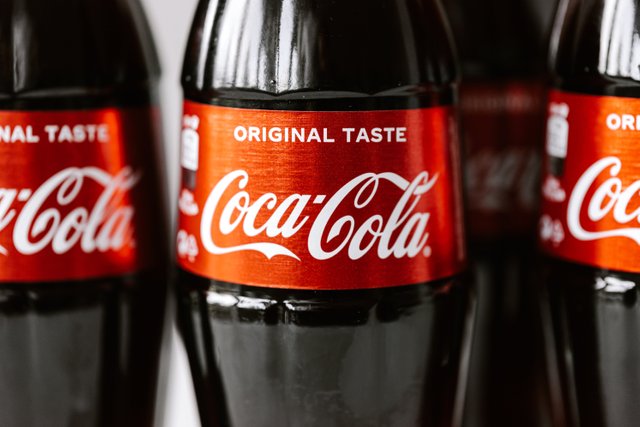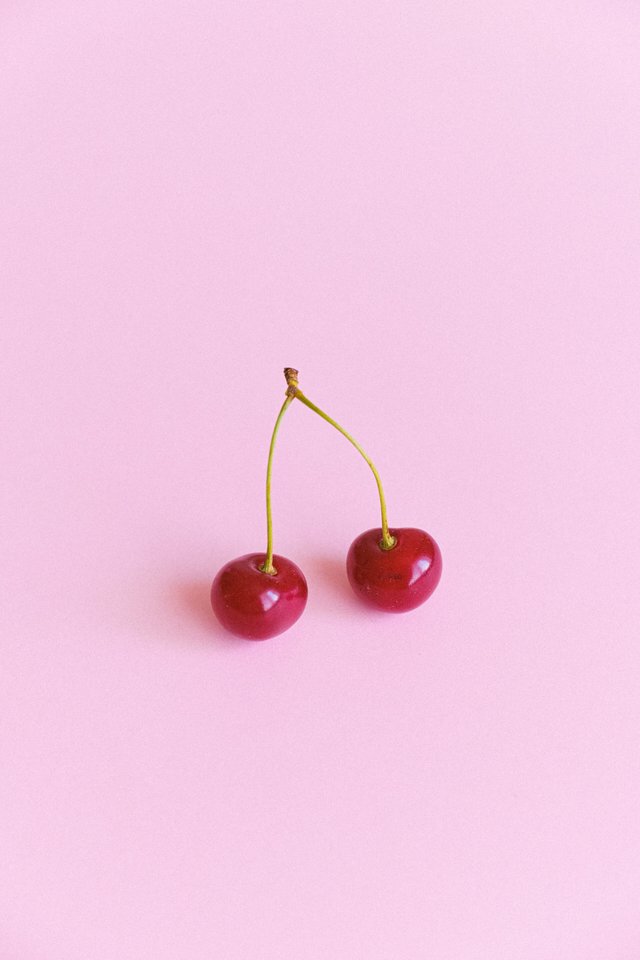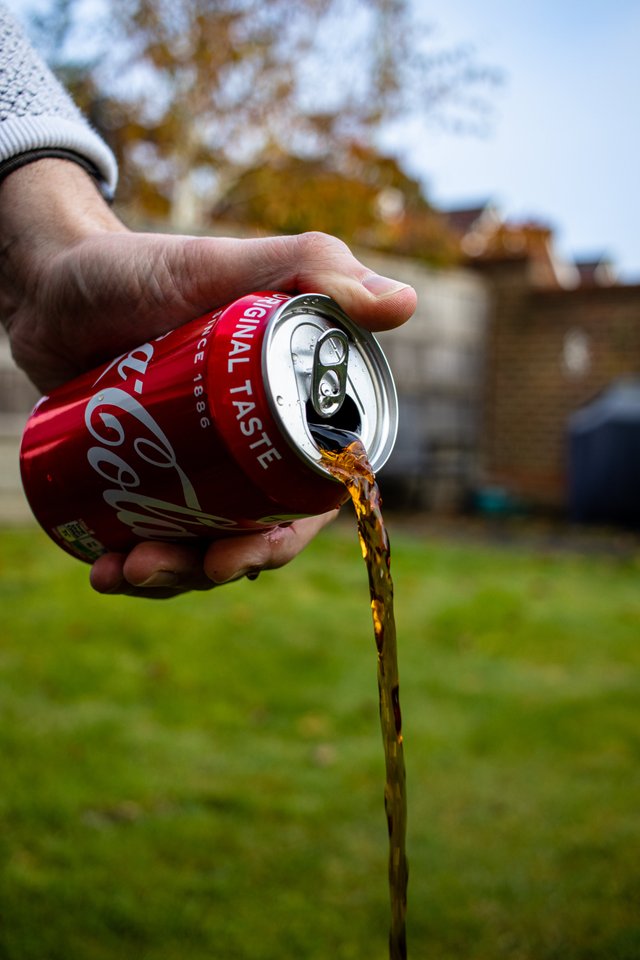Why Coke Tastes Better in a Foam Cup
"Cant nobody talk about nobody. We all ouot here living off Grace and Mercy!"
Have you ever noticed how your favorite drink seems to taste better just by switching from a red plastic cup to a foam cup? This phenomenon is more complex than it first appears.
This investigation delves into the intriguing science that explains why drinking a fizzy beverage—such as Coca-Cola or any other—from a foam cup can enhance its flavor as opposed to drinking it from a plastic bottle with a red cup.
Our taste buds, sense of smell, and even how a beverage feels in our mouths all play intricate roles in the sensory experience of taste. This contact can be greatly influenced by the cup's material.
Carbonated beverages, such as Coca-Cola, have carbon dioxide dissolved in them, which produces bubbles that prick our taste buds and enhance the whole experience.
Poured into a foam cup, the foam absorbs some of the carbonation, resulting in a smoother, more enjoyable effervescence by lowering the intensity of the bubbles.
Compared to plastic cups, foam cups provide superior insulation, which aids in preserving the beverage's temperature. Since Coca-Cola is typically best consumed cold, the foam cup helps to prolong the drink's cooling time and intensify its refreshing effect.
Plastic cups can give a drink a mild flavor, particularly the red ones that are frequently used for outdoor gatherings. This is referred to as "cup flavor," when the plastic material modifies the drink's flavor significantly. Because foam cups have a more neutral flavor, they don't affect the Coca-Cola's flavor.
Our senses of taste and smell are closely related. More so than plastic cups, foam cups can assist hold and release the Coca-Cola scent, enhancing the entire flavor experience. The beverage may appear richer and more fulfilling as a result of this improved olfactory experience.
The way a drink feels on the tongue adds to the entire flavor experience. Foam cups improve the impression of the beverage's quality by providing a softer and more velvety texture against the lips. The way we perceive the taste of Coca-Cola may be influenced by this tiny variation in mouthfeel.
Taste perception is greatly influenced by the functioning of our brains. A beverage's simple presentation—going from a plastic cup to a foam cup, for example—can set up favorable associations or expectations that affect our perception of flavor. Context and suggestion have a big influence on how we perceive flavor.
Our entire experience is influenced by the environment in which we sip a beverage. Foam cups are frequently connected to carefree and laid-back settings, such as picnics and leisurely excursions.
Because of the pleasant context created by this association, people may have a more positive outlook and find the Coca-Cola to taste better.
The fascinating differences in the taste of Coca-Cola in a foam cup and a plastic bottle with a red cup demonstrate how our interactions with food and drink are multimodal.
The impression of a better-tasting Coca-Cola in a foam cup is influenced by a number of elements, including temperature regulation, scent retention, and psychological effects. The science behind this may not be as simple as a chemical reaction.
Thus, the next time you're sipping a carbonated beverage from a foam cup, relish the moment and realize that flavor is a result of many senses collaborating to produce a more pleasurable experience rather than just the liquid itself. Salutations to the science underlying the sip!
Hey there, amazing readers!
If you’ve been enjoying my stories and articles, how about taking our connection to the next level? https://sociallypromoted.ck.page/f61df15bb1



.jpg)